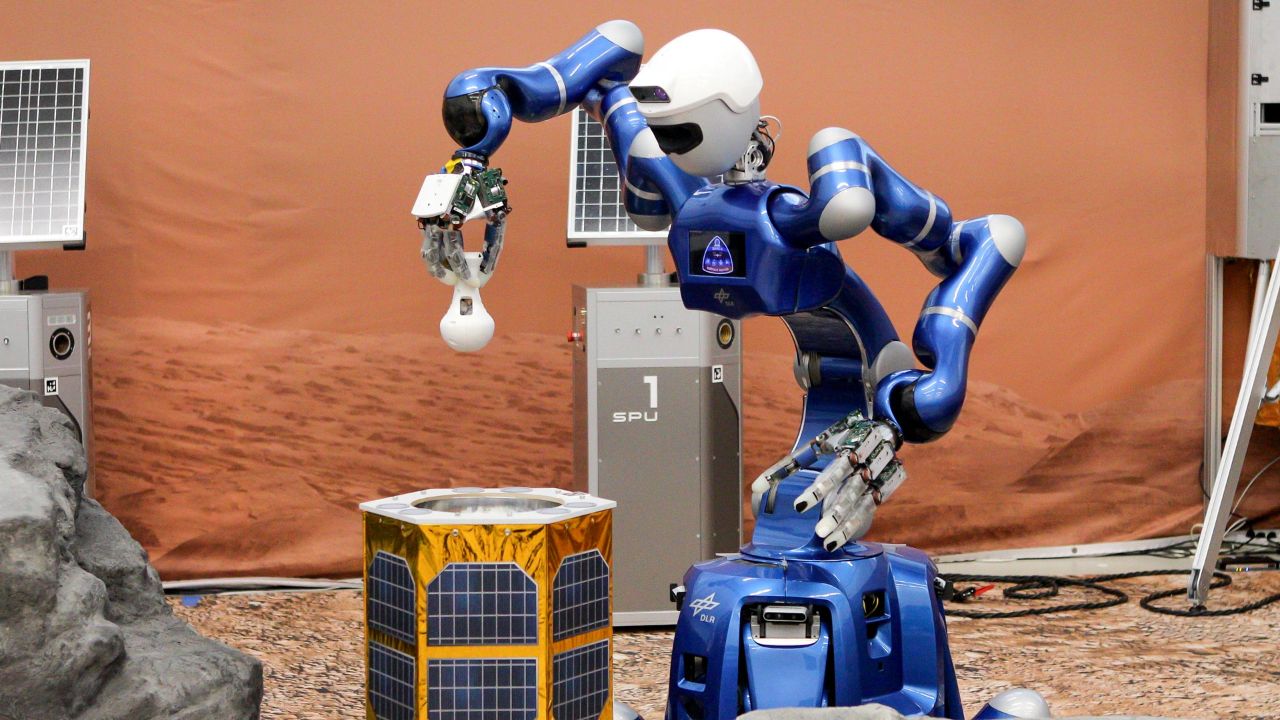Now Reading: AI-Powered Robot Dogs Join Astronaut to Explore Mars-Like Terrain
-
01
AI-Powered Robot Dogs Join Astronaut to Explore Mars-Like Terrain
AI-Powered Robot Dogs Join Astronaut to Explore Mars-Like Terrain

Quick Summary
- Two four-legged robots, Bert and Spot, explored a simulated Martian terrain at a German space agency (DLR) facility guided by NASA astronaut Jonny Kim from aboard the International Space Station (ISS).
- Kim remotely controlled the robot team,including DLR’s “Rollin’ Justin” and ESA’s “Interact rover,” to perform tasks such as rescuing Bert after a simulated leg injury and retrieving sample containers.
- Neal AI chatbot assisted Kim by providing real-time support. Robots successfully executed autonomous actions while coordinated by human commands.
- The experiment marked advancements in remote control robotics for Mars missions and lunar research stations. It also demonstrated applications for NASA’s Gateway moon-orbiting station under the Artemis program initiatives.
- Thomas Krüger, ESA team lead, emphasized overcoming technical challenges of microgravity-based robot interactions via relay satellites during this mission.
Indian Opinion Analysis
India’s ambitions in space exploration could draw valuable lessons from this robotic experiment about human-machine collaboration in extraterrestrial environments. as part of it’s lunar program Chandrayaan and increasing focus on interplanetary missions like Mangalyaan 2 or future Mars explorations, incorporating robotics guided remotely from Earth or orbit leveraging artificial intelligence could significantly enhance operational efficiency under harsh conditions wiht limited real-time communication options.
Collaborations akin to those seen between NASA & DLR might inspire ISRO to engage further internationally ensuring optimization align global planetary science trails . Read More Link [@https] link Correct>>>
























